The project Philobiblian’s Palimpsest explores machine learning through an ethnographic framework whereby the artists’ conversations with the machine seek the machine’s insights into culture, philosophy and emotion via a re-imagining of E. M. Forster’s 1909 short story The Machine Stops.
Concept Note
Drawing on current phenomenon that discusses ethical and epistemological attitudes relating to the anthropomorphising of AI we engage with AI, our exploration focussed on the question – What did the AI already know?
Facilitated by a fictional imagining of the future, The Machine Stops, as a way of exploring how AI might interpret existing human fictional notions of the future, our ethnographic ‘fieldwork’ focussed on pushing AI programmes to explore and re-imagine selected texts from the story as a way of observing the computers ethnographic architecture as well as generating new artistic content.
The aim was to create a machine generated interactive book. All decisions of structure, narrative, form, size, design, visuals were dictated entirely by the outputs from the machine, hence “Philobiblian’s Palimpsest” is a nonlinear, hexagonal interactive book imagined and made by machine with three artists as facilitators.
Unfolding Prototype of Philobiblian’s Palimpsest
Philobiblian’s Palimpsest (Prototype)
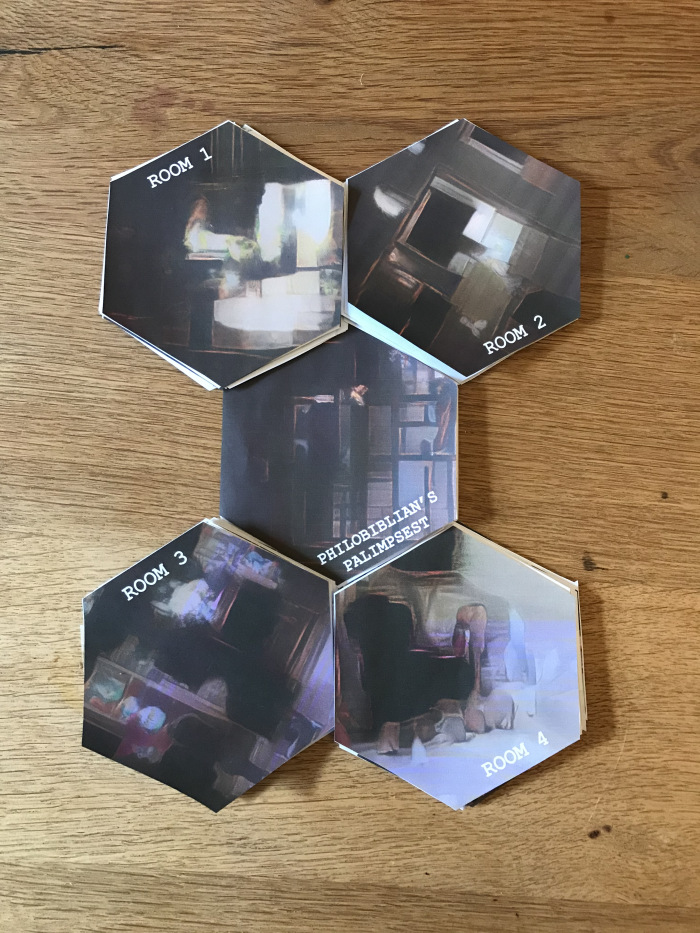


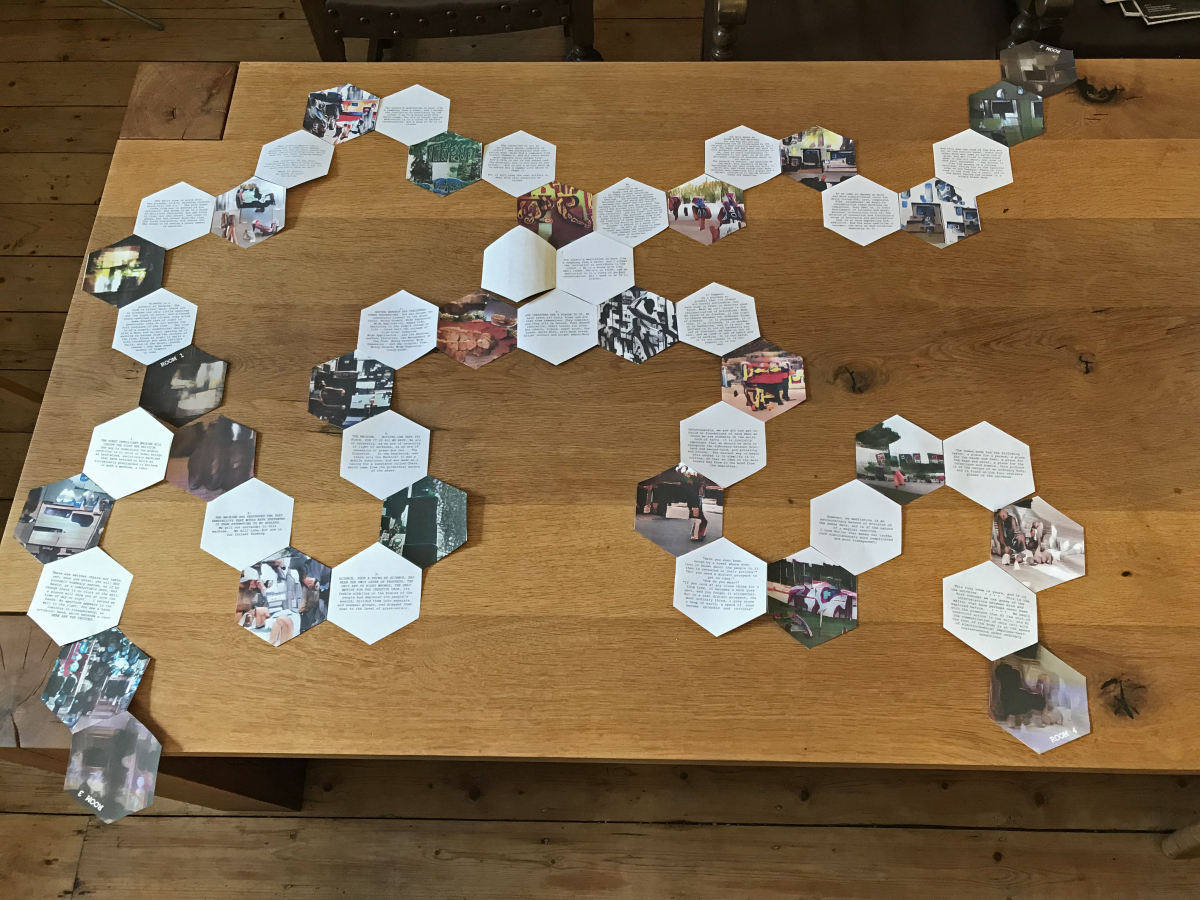
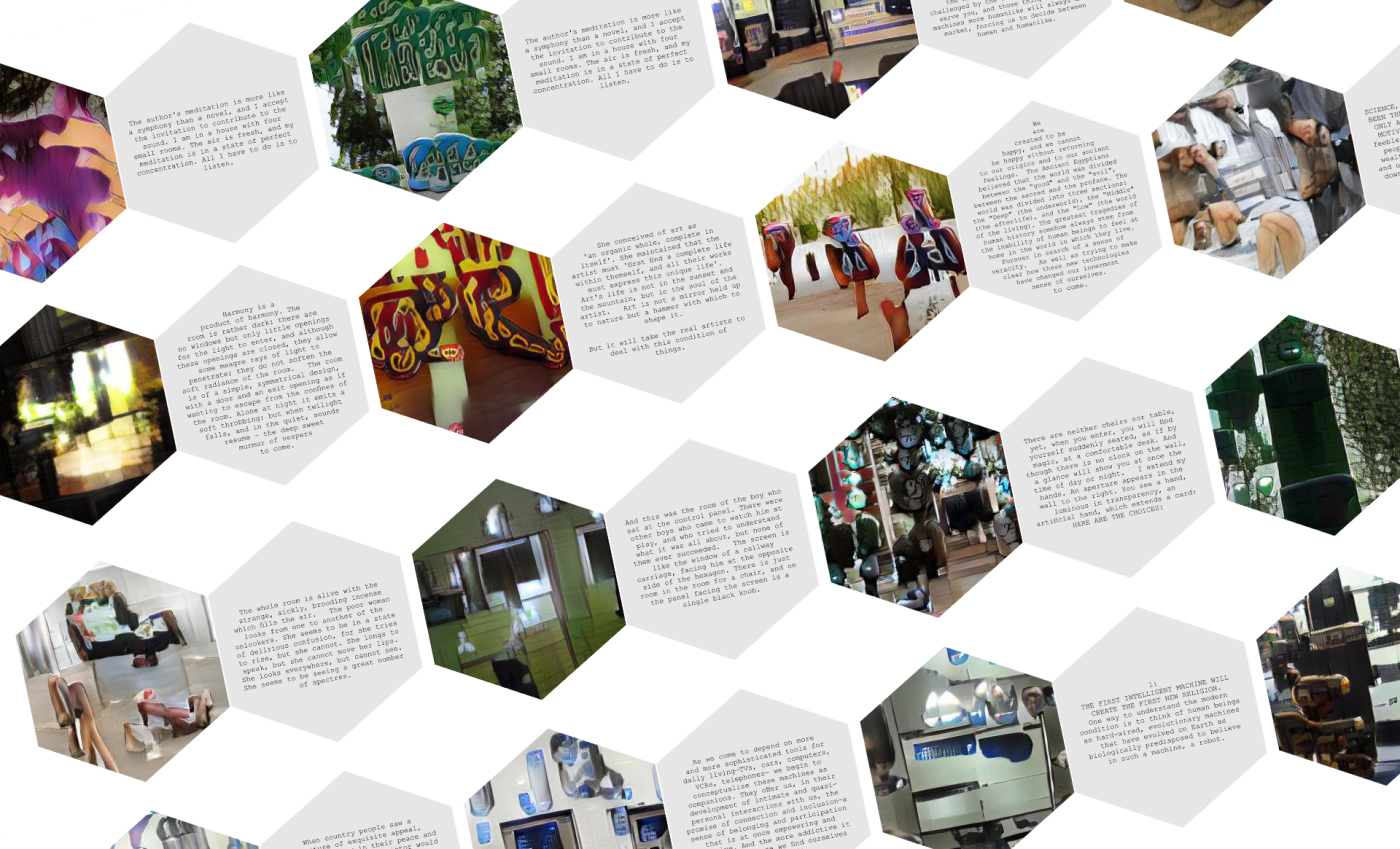
Augmented Reality as Archeology for Philobiblian’s Palimpsest
The project also presents an extension experience using Augmented Reality which is physically not part of the book, however it is a speculative tool for “Deep Data Archeology” by which the actual source of Machine Generated content can be revealed.
For Downloadable full copy - Click Here
Process of the Project
Our processes began with the selection of passages from the story that were then presented to the GPT 3 programme, essentially asking the computer to re-write the passage according to it’s own understanding of the data that we were feeding it. From the results we then fed selected computer generated text into Runway’s text to image function to create computer generated images based only on those texts. The final realisation of our ideas was also facilitated by outputs generated by the computer including the title, layout and front cover. The project also presents an extension experience using Augmented Reality which is physically not part of the book, however it is a speculative tool for “Deep Data Archeology” by which the actual source of Machine Generated content can be revealed.
For Downloadable full copy - Click Here
Process of the Project
However, there had to be an essential human element within the final decision making process. Hierarchical decision making is a key component of human intelligence and the artists’ role in curating the final text and images, to create an online interactive book, highlights how artistic creation and knowledge transfer between man and machine is symbiotic and distinct rather than interchangeable.
Process Photos
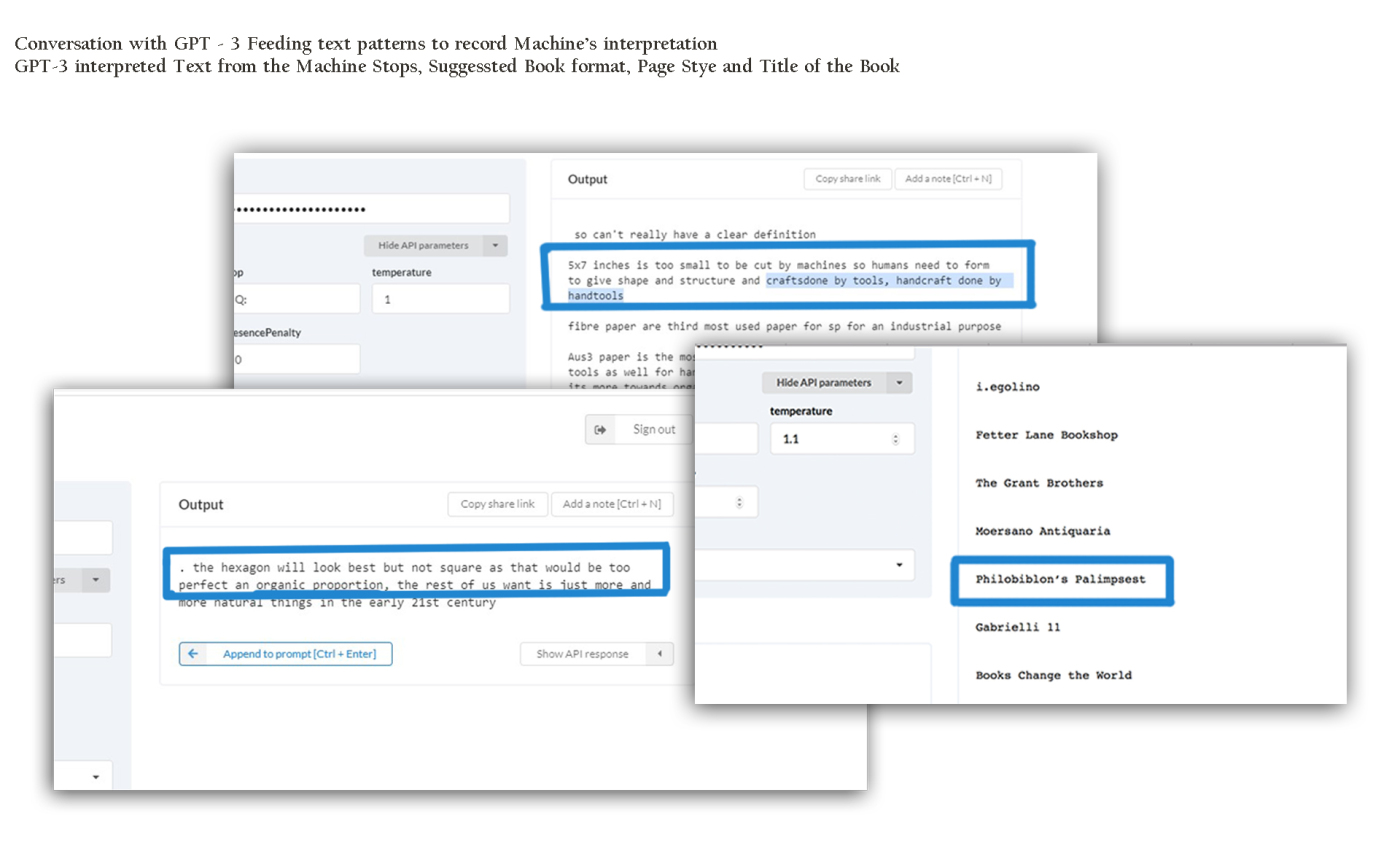

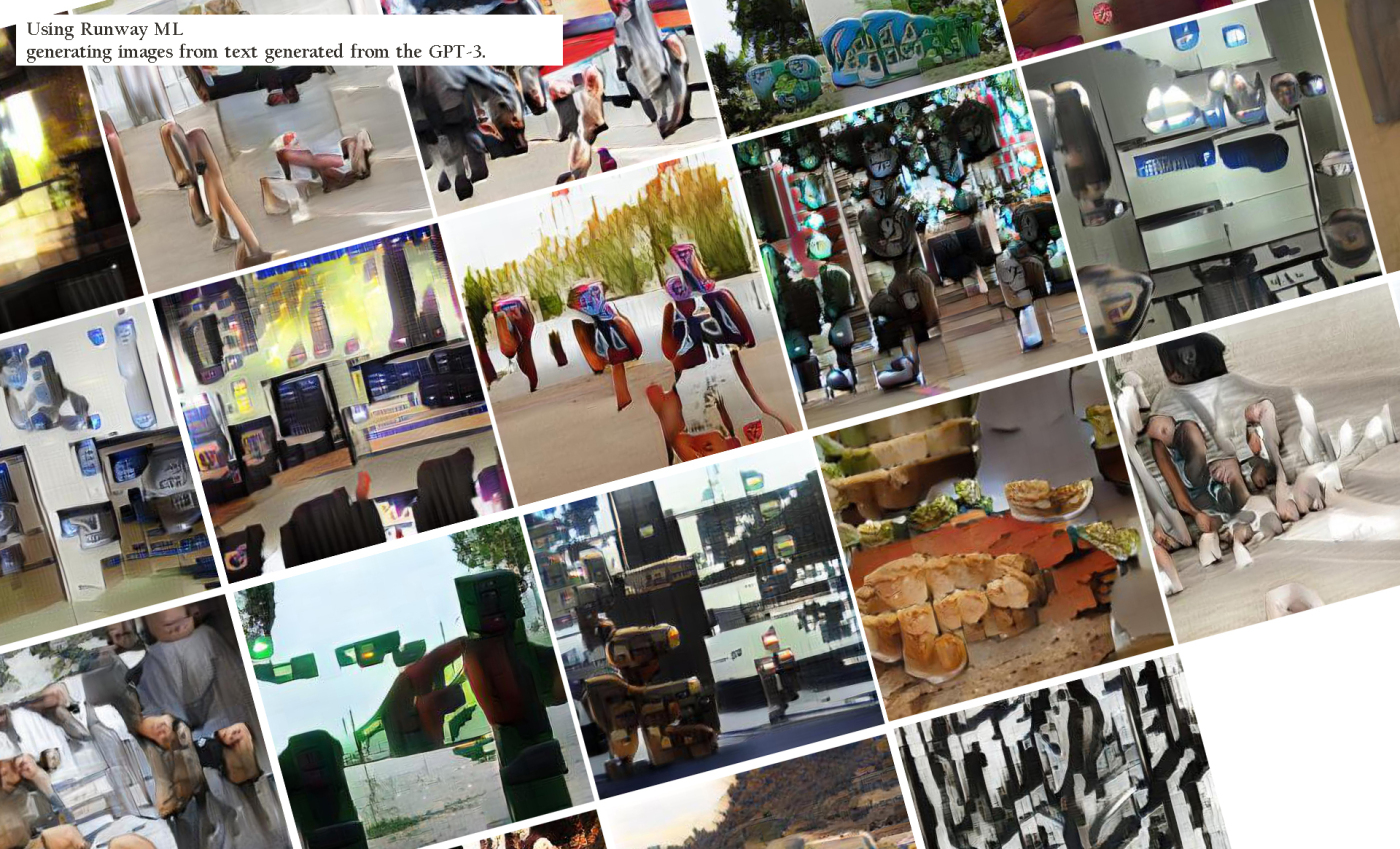
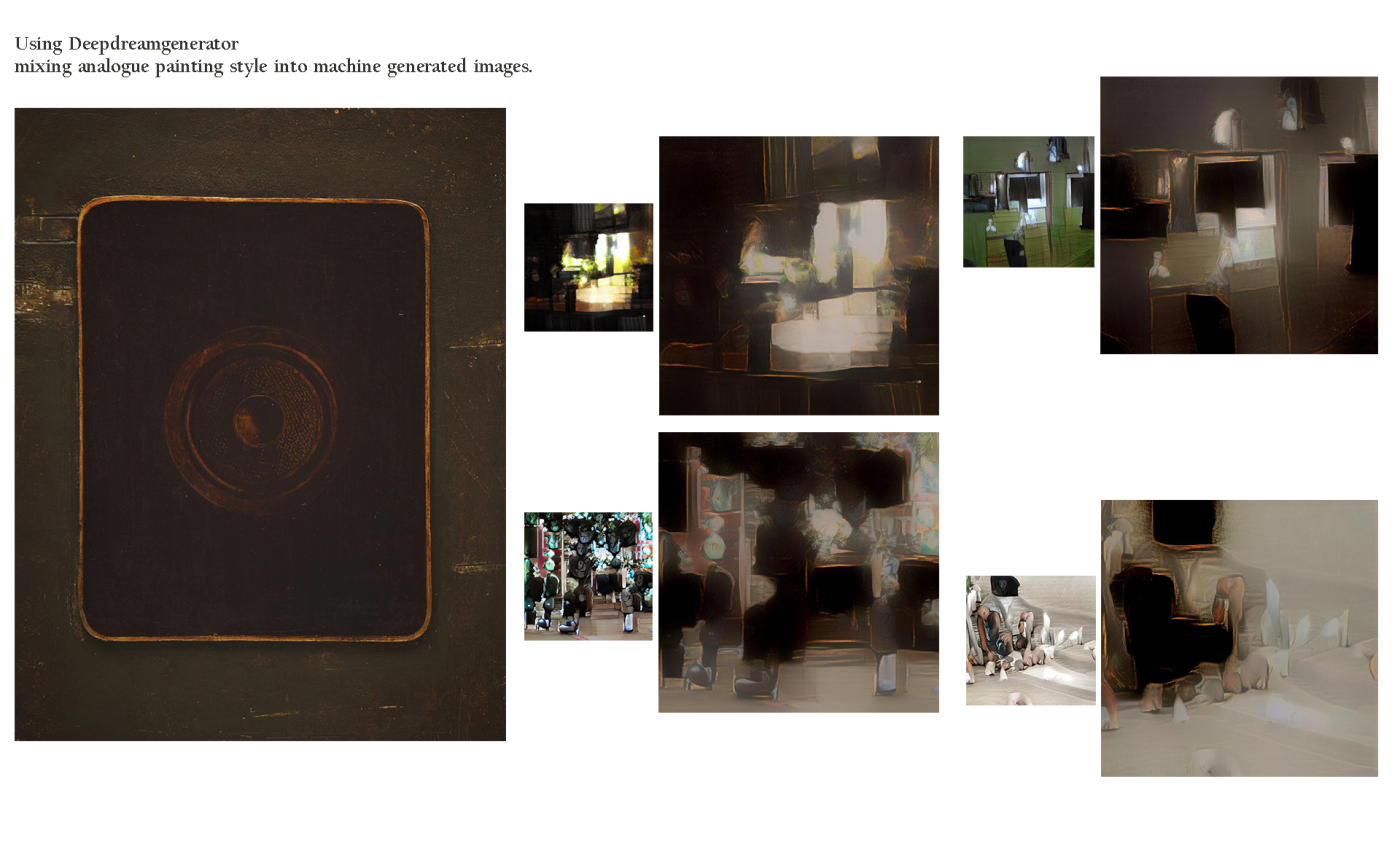
This project was done as part of Tech Art CoLab Fellowship 2020 organized by Befantastic program of Jaaga in Banglore, India. Through this program 23 international artists online from UK, Germany and South Asia met, learnt and explored Artificial Intelligence & Machine Learning to create artworks . Program was was supported by British Council and Goethe Institute Banglore.
Project Team : Jo Clements | Bhargav Padhiyar (Studio IF) | Dibyendu Seal
Know more about us
